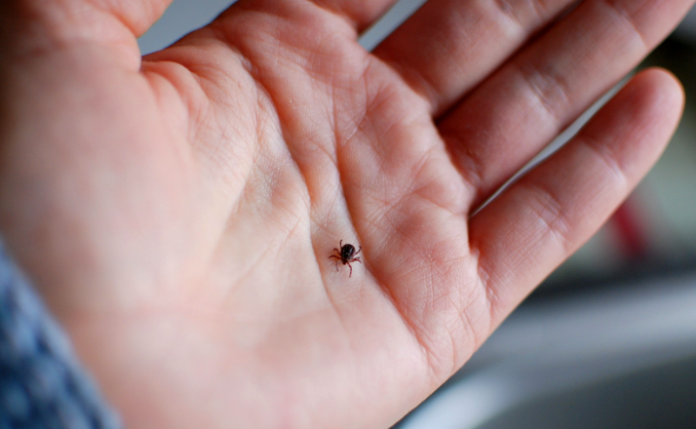The ability of some ticks to transmit the bacterium that causes Lyme disease to humans is widely known. The small insects can carry other illnesses as well. Another of them is becoming more popular.
Babesiosis infections in the US are increasing, according to a March 17 study from the Centers for Disease Control and Prevention (CDC). Black-legged tick bites are the primary method of transmission of the illness, which is mostly found in the Midwest and Northeast. The disease can also pass from mother to child, through organ transplants, and through blood transfusions, said the health organization. In severe circumstances, the infections can be lethal.
According to the CDC, there was a 25% increase in instances between 2011 and 2019. Cases significantly increased in Massachusetts, Connecticut, Maine, New York, New Jersey, New Hampshire, Vermont, and Rhode Island. Maine saw a rise of 1,422% from 9 cases to 138 cases. Vermont saw the biggest rise—a 1,602% increase from 2 to 34 cases.
A new CDC reports says cases of babesiosis have increased dramatically in some regions. #Babesiosis is now endemic in 10 states: Connecticut, Maine, Massachusetts, Minnesota, New Hampshire, New Jersey, New York, Rhode Island, Vermont and Wisconsin. https://t.co/EQfJlkZyRx #ticks pic.twitter.com/FIbz3BqIlD
— LymeDisease.org (@Lymenews) March 18, 2023
Babesiosis infections can cause symptoms such as headache, fever, and joint and muscular pain. Patients may experience acute respiratory distress, thrombocytopenia, and renal failure in extreme situations.
The good news is that if precautions are followed outside, the sickness can be avoided. Understand the peak tick season in your area. For instance, the insects are more prevalent in Wisconsin from May through November. Be cautious throughout the year, but especially during the busiest months.
The CDC advises treating your clothing and equipment with products containing 0.5% permethrin before being outdoors. You can also buy clothing and equipment that has already been treated with the insecticide. Ticks prefer environments that are forested, grassy, brushy, and have a lot of leaf litter. Whether putting your pets outside, gardening, or engaging in other activities, keep in mind that your yard may be a tick theme park.
Check your clothing for ticks before entering your house. Dry your garments for ten minutes at a high heat. Take a shower and examine your dogs. Constantly look for ticks on your body, paying special attention to your hair, ears, belly button, underarms, backs of knees, between your legs, and waist. Use tweezers to hold the tick as close to your skin as you can, then draw it up using steady, even pressure.








